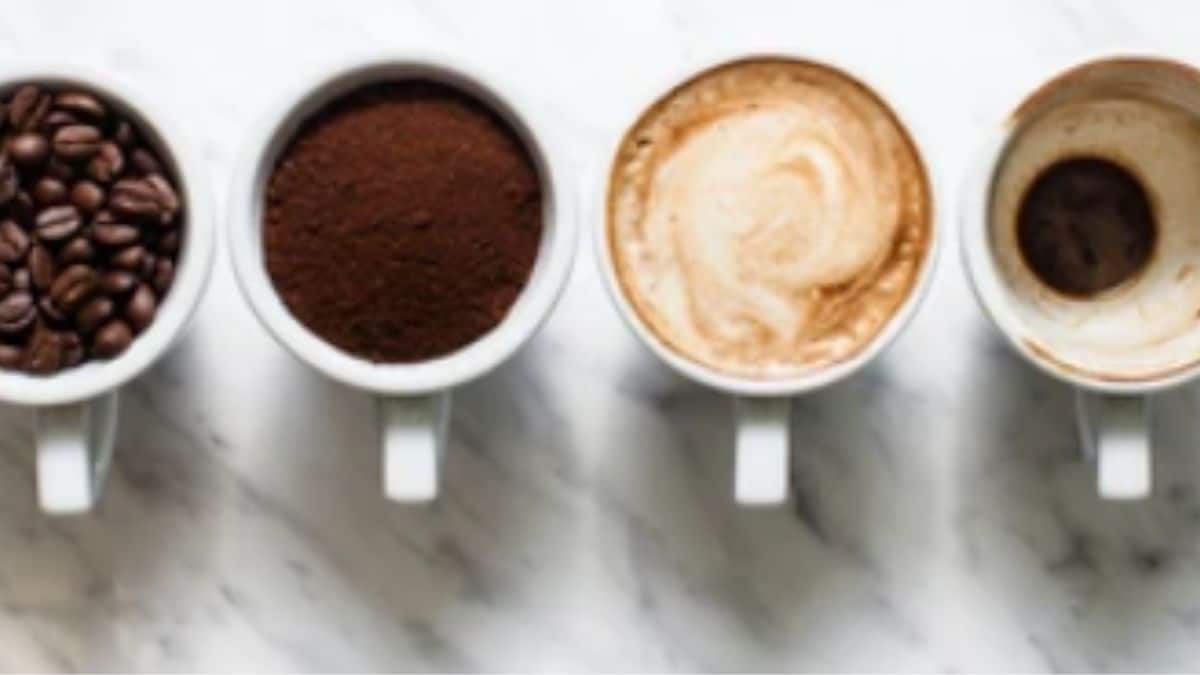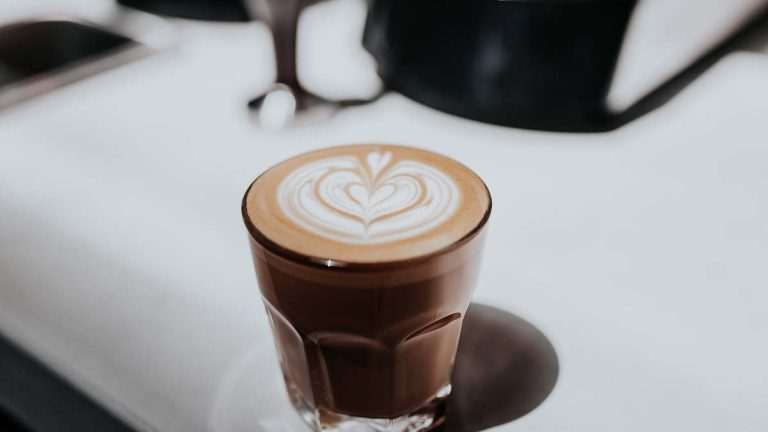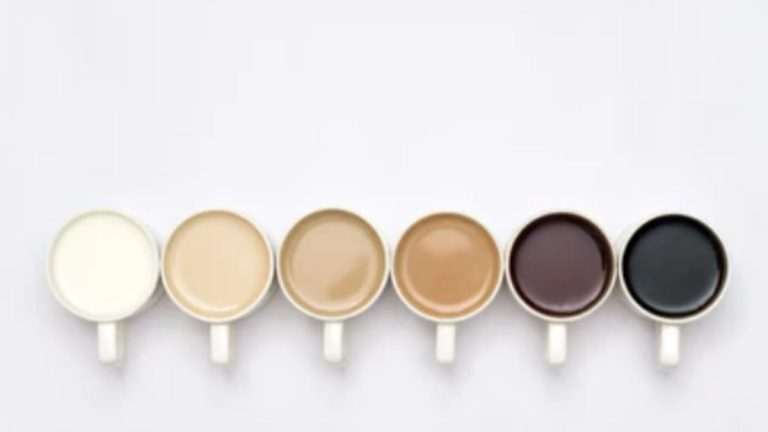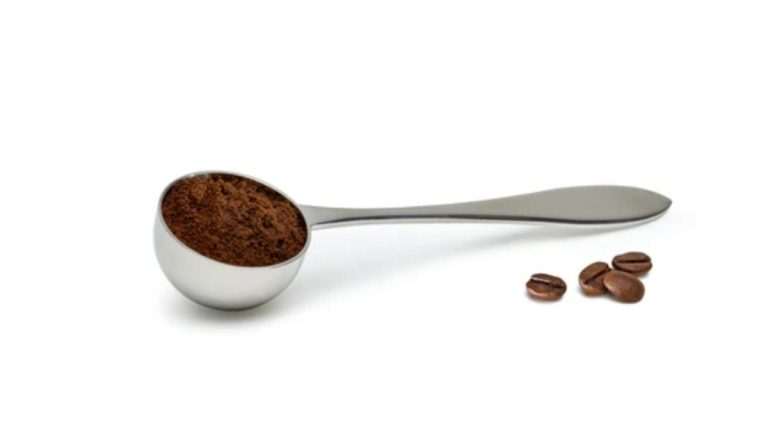What Is Gourmet Coffee?
Gourmet coffee is defined as a variety of blends of coffee with exceptional flavor attributes and cultivation techniques. As a result, it is frequently more costly than normal coffee. Gourmet coffee can be a delectable treat for coffee connoisseurs, but be aware that the term gourmet is unregulated, meaning that any company can use the label regardless of whether or not its product is truly exceptional.
The difficulty of growing or processing gourmet coffee can also be used to characterize it. Blue Mountain and Kona coffees, for example, are exclusively grown in a few tiny areas and under very precise conditions in Jamaica. Peaberry coffees are the result of a rare mutation in coffee beans that results in only one seed or bean growing instead of the typical two. Kopi Luwak, or civet coffee, is one of the most expensive gourmet coffees in the world, with beans that have been chewed and excreted by a civet cat, giving it a distinct flavor. As strange as it may sound, kopi luwak is a true culinary pleasure that may cost hundreds of dollars per pound.
When it comes to gourmet coffee, there are a few terminologies that aren’t always clear. Estate-grown coffee is similar to single-vineyard wine in that the beans are picked from a single coffee plantation. Estate-grown coffee is frequently regarded as gourmet because it allows for quality control; coffee manufacturers do not combine high-quality beans with low-cost, lower-quality beans from another source in order to save money.
Additional flavors, oils, or syrups are added during the preparation of gourmet coffee. This can lead to exotic coffees like chocolate-caramel-coconut or more common flavors like vanilla and hazelnut. Some believe that flavor additives leave an artificial taste and are used to conceal substandard beans, while others enjoy the variety of flavors and unique interpretations of coffee in their morning cup.
Gourmet coffee education may be a pleasant way for foodies to broaden their palates and enjoy this rich product, and true coffee connoisseurs will wax poetic about the moment, place, and feelings they had when they had that truly perfect cup of gourmet coffee.
What is the difference between gourmet coffee and regular coffee?
Table of Contents
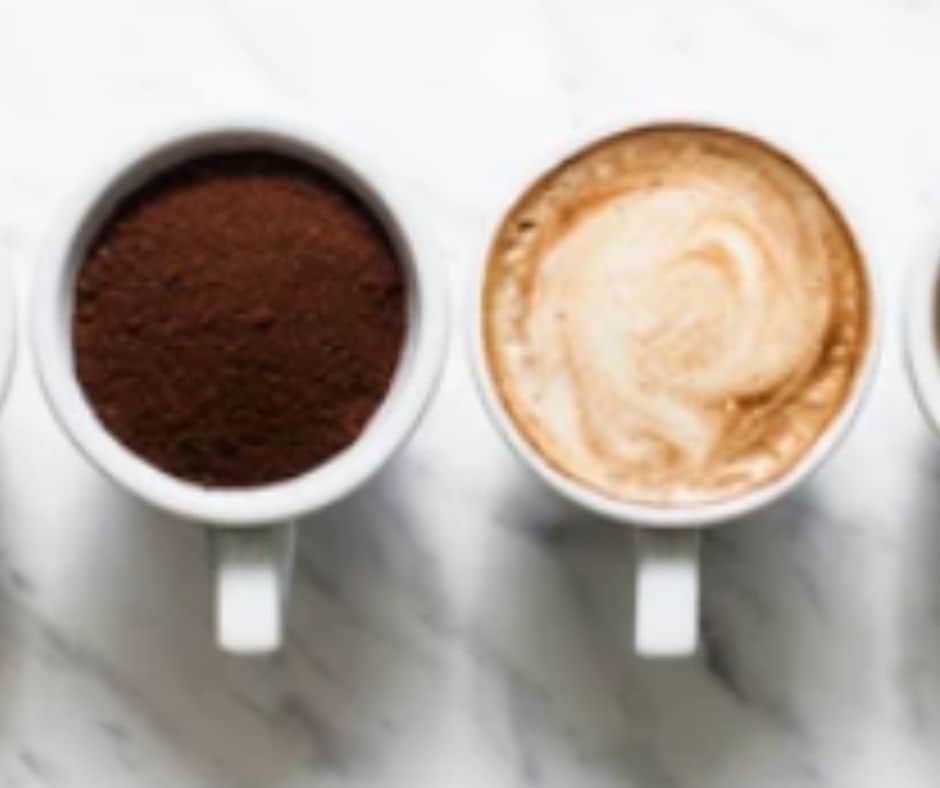
Preferences are distinctive, but when it comes to coffee, you can develop your taste buds to recognize and appreciate great coffee.
The bean is the foundation of gourmet coffee; the genetic characteristics of the seed determine roughly 70% of the quality of the coffee bean. The habitat in which the coffee is cultivated determines the remaining 30%. The combination of these two qualities results in very good coffee, but it is the people who grow the coffee that truly make the difference. The most vital element in your coffee is their passion and attention to their profession.
The main difference between gourmet and regular coffee is the beans used in the process. Below are a few differences between gourmet coffee and regular coffee
- Gourmet coffee bean type
Gourmet coffee is often produced with 100 per cent Arabica beans, giving it a substantial body, beautiful scent, and rich flavour when brewed. Robusta beans are used in regular coffees because they grow faster and are easier to produce. Unlike Arabica beans, which require a cool subtropical climate and like to be grown at a high altitude, Robusta beans may be grown at lower elevations and produce larger crops for growers.
However, they provide a more harsh taste and uneven quality than Arabica beans. Some brands will use a combination of both types of coffee beans, but for a genuinely gourmet coffee experience, only 100 percent Arabica beans will suffice.
- Flavours in gourmet coffee are prioritized over caffeine content.
Another distinction between regular and gourmet coffee is that Robusta coffee contains more caffeine than Arabica coffee. This appears to be a benefit to many people, but the maximum dose of caffeine changes the acidity of the coffee and makes it taste unpleasant. Add to it the fact that Arabica beans have 60% more lipids and nearly twice the sugar content of Robusta beans, and it’s no surprise that we favor the sweeter, smoother flavor of gourmet coffee.
- Gourmet coffee can be Eco-friendly
Arabica coffee beans are also superior to Robusta in terms of environmental impact. Farmers who plant Robusta beans, in general, adopt mono-cropping, which is the practice of repeatedly planting the same crop in the same location. It entails clearing forestland to create a way for additional crops, which can erode the soil and deplete its nutrients, rendering it useless for future harvests.
Which coffee is known as gourmet coffee?
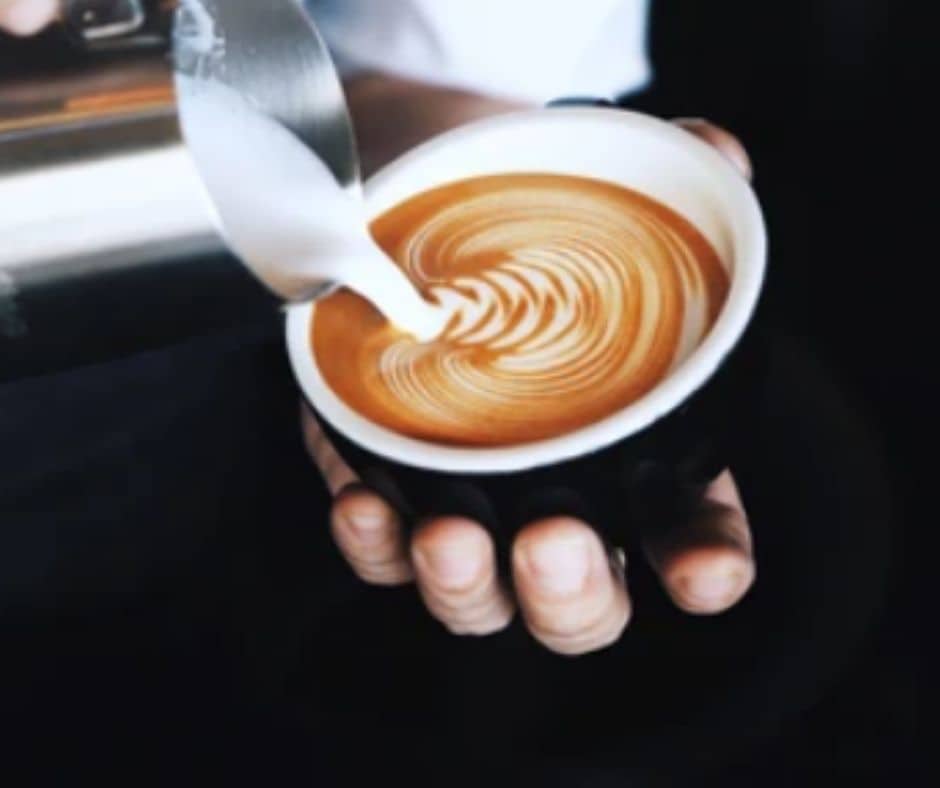
When compared to conventional coffee, a gourmet cup of coffee has a higher grade and quality.
To be more specific, true gourmet coffee is made from 100 percent top-tier Arabica coffee beans grown in a completely distinct way. It should be noted that the majority of grocery store coffee contains a blend of Arabica and Robusta beans.
.These exclusively high-quality Arabica beans of gourmet coffee are farmed in volcanic soil and roasted for a precise time, which adds an exquisite smell and chocolate flavor into it.
Coffee enthusiasts and brewers are creating novel categories of luxury coffee premiums to shake up the universe of hard coffee lovers and to establish themselves apart from the mainstream.
Here is a list of the greatest few coffee brands to help you create a gourmet cup of coffee.
- Premium Maxwell House Cup
- Allegro Kona Coffee Beans Dark Sumatra Mandheling Beans
- Squirrel in the Sky
- The Royale brand of Eight O’Clock Coffee
- Kraft Foods Inc.Folgers Whole Bean (Procter & Gamble)
- Tokai in Blue
- Illy Espresso Ground, Medium Roast, Arabica Bean Signature Italian Blend, Premium Gourmet Roast
- The Indian bean
What makes gourmet coffee different?
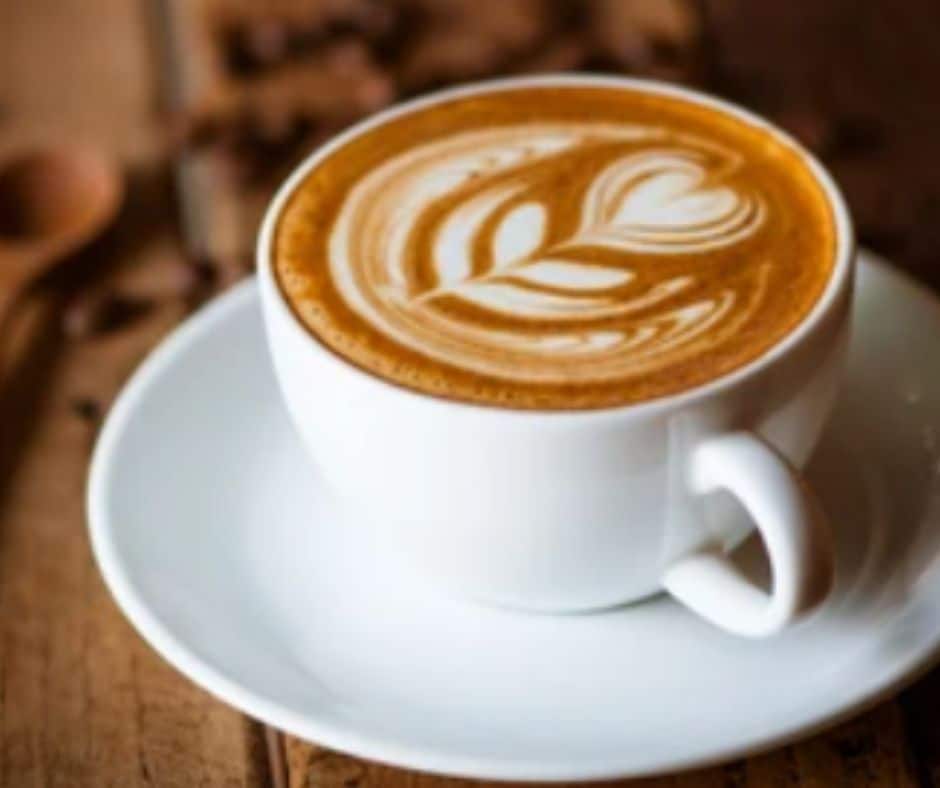
There may be a considerable difference in gourmet coffee beans if we’re talking about Third Wave coffee or specialty coffee rather than flavored coffee.
Consider coffee beans in the same manner that people consider wine grapes. Coffee, like wine, tastes vary depending on where it is grown, the vineyard or coffee farm from which it is sourced, and the season. Coffee, like wine, is derived from a live plant that can perish, so selecting well-selected beans makes sense.
New Wave coffee is a type of premium coffee production that focuses on single-origin coffees sourced from small farms. Third Wave coffee producers are classified as specialty coffee producers. They prefer light roasts that allow the flavor and provenance of the coffee to show through, and they emphasize the significance of enjoying coffee as fresh as possible.
With this increasing competition, coffee brewers are going above and beyond to provide their consumers with the greatest cup of coffee possible, filled with exotic ingredients and providing a completely new drinking experience.
Here comes the rush of Gourmet Coffee, and the world of Gourmet Coffee appears to be ever-evolving with an increase in coffee enthusiasts’ demands and tastes.
Understanding the trend towards a gourmet coffee
Because it turns out when looking for a cup of coffee, one will often look for finesse, and sometimes one will also wish to accomplish a new, one-of-a-kind experience.
Though nothing can beat a good cup of coffee, there is a startling new trend among coffee lovers these days.
Coffee drinkers nowadays demand more than just a caffeine fix. When it comes to coffee, there is a growing need for diverse flavors, extravagance, and different new experiences.
This makes Gourmet coffee extremely popular among younger populations, who are not only drinking more coffee but also expecting more from their cup of java. Consumers under the age of 40 are more likely to prefer sustainable products, and these educated buyers want to know more about what they buy. The broader retail trend toward more sustainable and aware customer choices is mirrored in the coffee business as well.
Gourmet coffee appeals to this market because it provides more information. Makers of Third Wave coffee, in particular, can provide information on where their coffees come from because they may be single-source.
How do you tell the difference between coffee brands?
The main guideline is that when you extract caffeine from the coffee bean, you also extract some of the aromatics,” he says. And fewer aromatics in the coffee bean mean less flavor in your cup.
Buying whole coffee beans and grinding them fresh at home, he says, is one way to counteract this. When you grind the coffee, you greatly increase the surface area, exposing it to air. This makes it much easier for aromatics (flavor) to escape.
According to a recent coffee brand comparison, some types of low-cost ground coffee may taste as good as – if not better than – higher-priced varieties.
Consumer Reports tested 13 brands of ground caffeinated 100% Colombian coffee and six brands of ground decaffeinated coffee. The magazine rated the coffee based on positive and negative taste attributes (such as earthy, fruity, or nutty) (like woody, papery, or burnt).
If you enjoy decaf coffee, you’ll be pleased to learn that the top three ranked brands all cost less than 20 cents per cup. The most popular brand was Dunkin’ Donuts Dunkin’ Decaf (19 cents per cup), followed by Millstone Decaf 100 percent Colombian Medium Roast (14 cents) and Folgers Gourmet Selections Lively Colombian Decaf Medium Roast (11 cents), all of which were rated “good.” Starbucks Coffee Decaf House Blend Medium, one of the more expensive brands, was rated only “fair.”
Three of the caffeinated products earned a “very great” rating. Eight O’Clock Coffee hundred percent Colombian, the No. 1 caffeinated coffee, was also one of the most reasonably priced, at $6.28 per pound or 15 cents per 6-ounce cup (using the manufacturer’s suggested amount). It outperformed brands such as Gloria Jean’s and Peet’s Coffee, which sell for $13-$14 per pound (32 cents per cup) and both received “good” taste ratings.
What is a gourmet roast?
Roasting is a high-temperature process that transforms coffee beans into the fragrant, dark brown beans we love and know. It releases the aroma and flavor that are locked inside the green coffee beans.
As the beans are rapidly heated to extremely high temperatures during roasting, chemical changes occur. When they reach the pinnacle of perfection, they are quickly cooled to bring the process to a halt. Roasted beans smell like coffee and weigh less because the moisture has been removed during the roasting process. They have a crunchy bite to them and are ready to be ground and brewed.
However, once roasted, they should be used as soon as possible before the fresh roast flavor fades. The difference between a perfectly roasted batch and a ruined batch of coffee can be measured in seconds.
Most roasters have unique names for their favourite roasts, and there is little industry standardization. However, roasts are classified into four colour categories: light, medium, medium-dark, and dark.
How do I identify my specialty coffee?
The dedication of people who have made it their life’s work to consistently make quality their highest priority allows specialty coffee to exist on a consistent basis. In the lifecycle of a coffee bean, this is not the work of a single person; specialty can only occur when all of those involved in the coffee value chain work in harmony and maintain a keen focus on standards and excellence from start to finish. This ranges from the producer to the farmer roaster, buyer, and barista.
So, how do you tell the difference between specialty shops and those that are faking it?
We’ve provided some general advice, but keep in mind that factors such as bad coffee and poor service can still ruin your experience. It is entirely possible to check off all of these boxes while still serving subpar coffee.
- The roast dates on the coffee bags are within the last week.
As a KaffeBox subscriber, you already understand the importance of a fresh bag of coffee in making a great cup. Take a peek at their bags if the cafe has coffee on its shelves. Are the roasting dates clearly marked? Or are they like the coffee offerings, where the only details are the roast levels?
- The barista is knowledgeable about coffee.
Professional education is one of the simplest ways to distinguish a specialty shop from a mediocre one. The barista taking your order should be knowledgeable about the coffee being served. You can inquire about where the coffee was grown, the flavor notes, or even the cappuccino ratio. If they can clearly discuss origins or give you a good idea of what coffee can taste like (without forcing you to buy it), that’s a good sign.
- The espresso machine is of excellent quality.
Since cafes nowadays easily follow name-brand trends, it’s also possible that they chose to invest in a high-quality machine. La Marzocco, Slayer, Synesso, Nuova Simonelli, and Kees van der Western are popular specialty espresso machines.
- Make sure the milk steaming wand is clean.
The cleanliness of the milk steaming wand also serves as an indicator of cleanliness. Is it gleaming, or is it crusted with white bits? If the wand hasn’t been thoroughly cleaned, avoid ordering a milk-based drink. You don’t want to be drinking a cappuccino made from leftover milk!
- The menu is precise and clear.
Is the menu well-written and includes basic drinks? Depending on where you are, the presence of a cortado, Gibraltar, or flat white on the menu could be a good indication that you are in a high-quality establishment.
- The counter is spotless.
Aside from the machine’s brand, you should pay close attention to the station that surrounds it. A clean machine and station indicate that the barista is concerned with presentation. This is not to say that the counter is always spotless. It means that the spilt coffee or grounds have not crusted over hours or days.
Conclusion
The European method of producing decaffeinated coffee entails soaking the beans in water and washing them with methylene chloride. After that, the beans are dried and roasted. Gourmet coffee beans from this plant are typically collected three times a year over the next 30 years.
Gourmet coffee manufactured from this plant’s beans tastes superb and commands a premium price in the market. Gourmet coffees manufactured from Arabica coffee beans have a finer scent, fuller flavor, and greater body than Robusta coffee beans. Robusta beans, on the other hand, are well-known for their disease resistance and are more commonly utilized in commercial blends. Gourmet coffees are available in a wide range of tastes, including Toasted Almond, French Vanilla, and Hazelnut. If you want to try something a little different, go for one of the flavored varieties.
Gourmet espresso beans make great gifts for any occasion, especially if your receiver is a coffee connoisseur.
What is a cup of coffee if it does not contain high-quality ingredients? And, after all, we can occasionally afford the luxury of indulging in the extravaganzas given by the gourmet cup of coffee.
It will not be a crime, and it will not be a criminal to treat ourselves to exquisite coffee at home.

